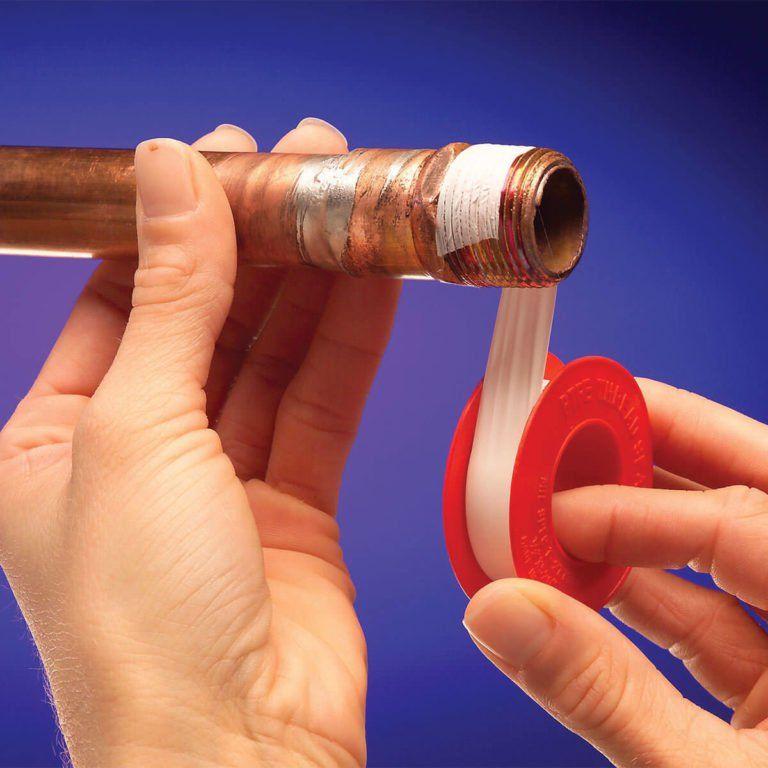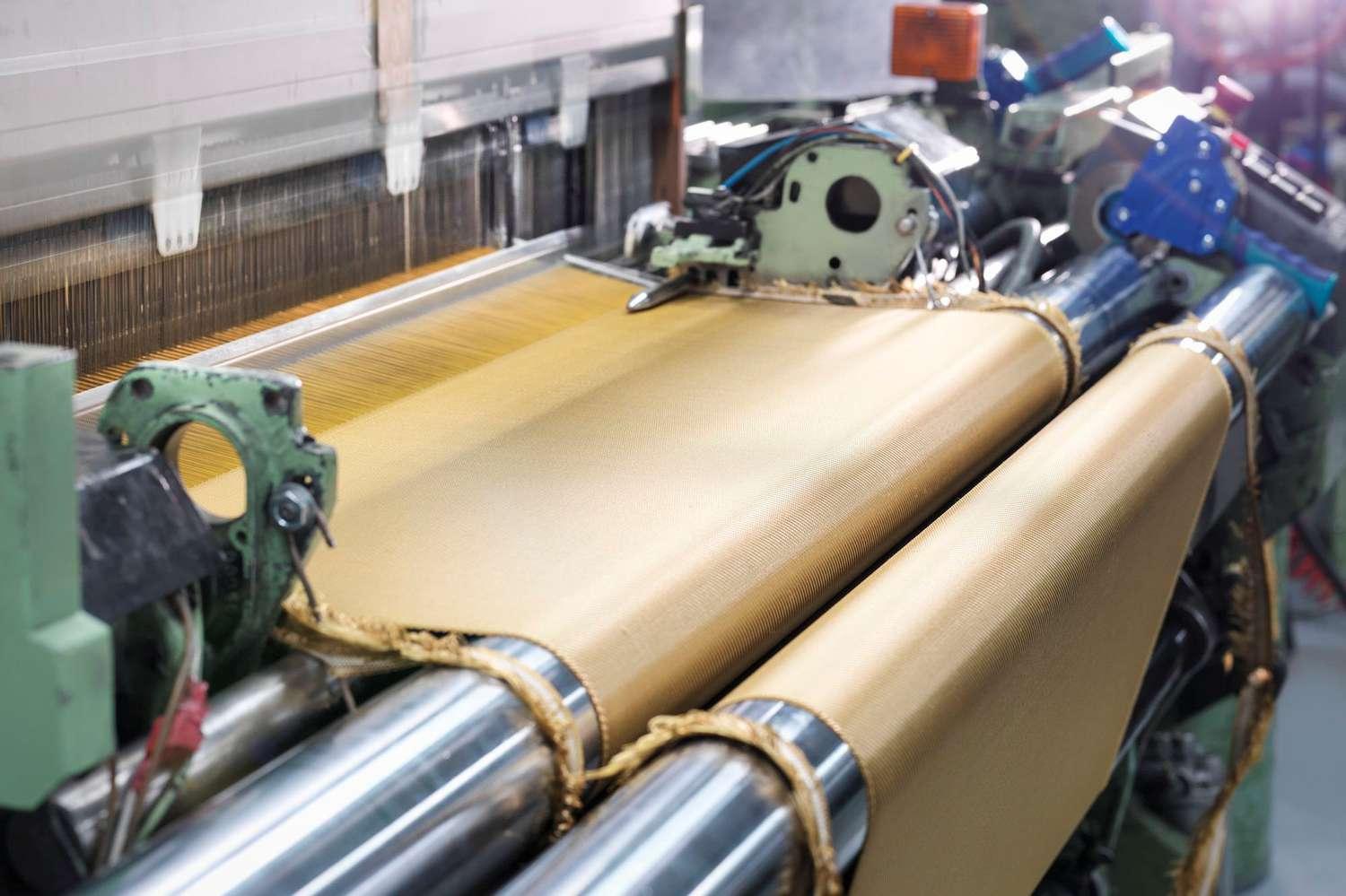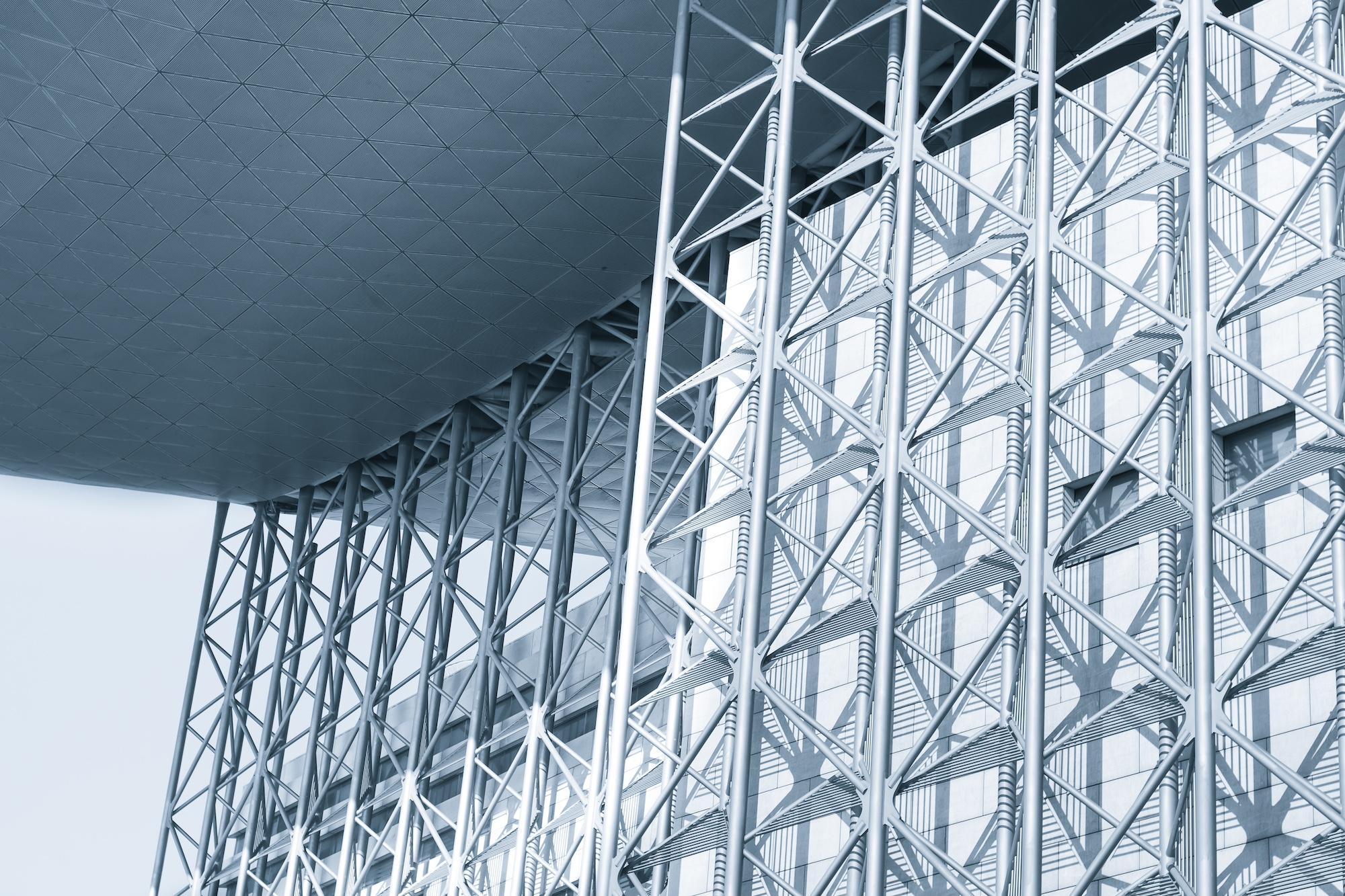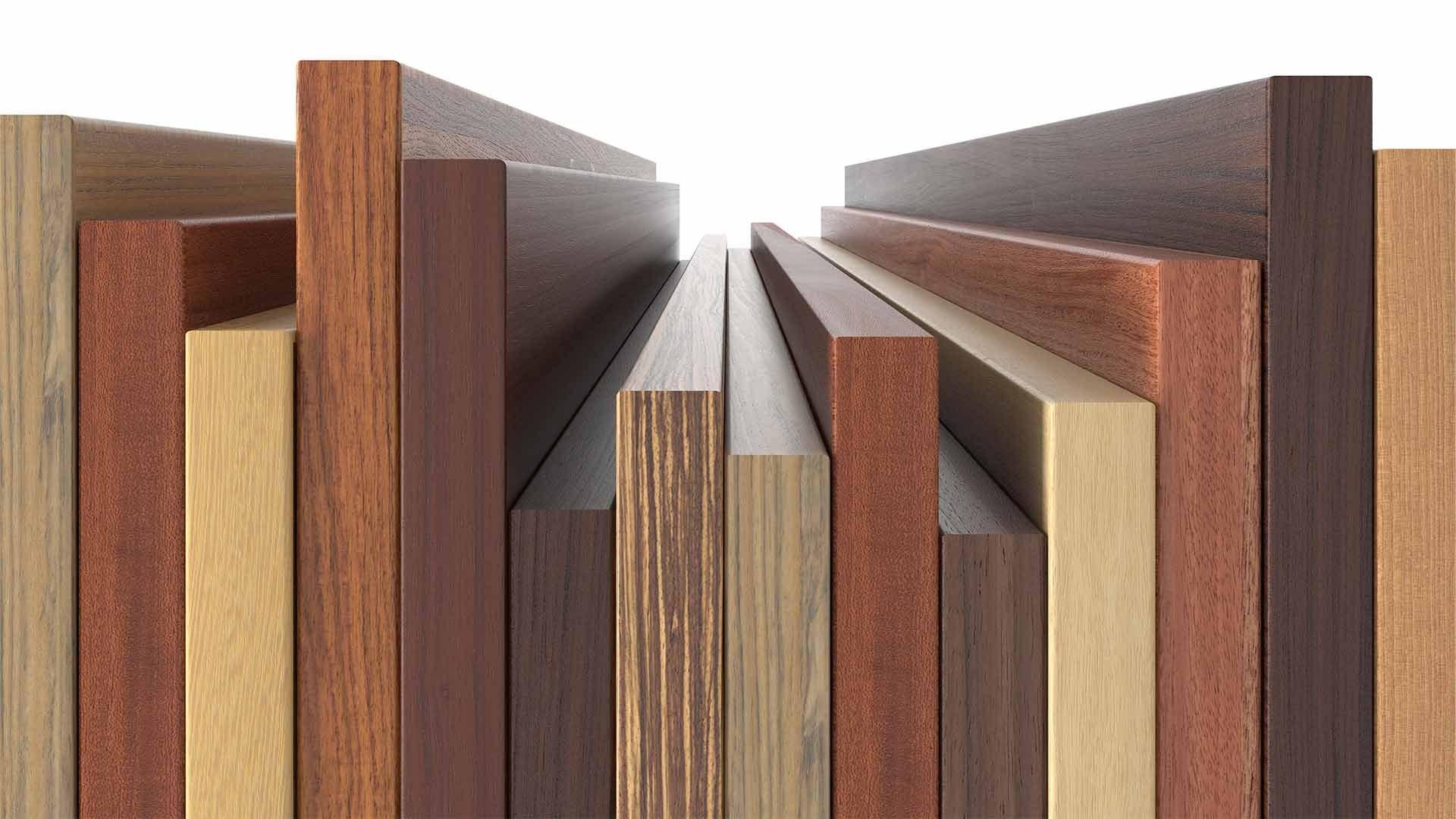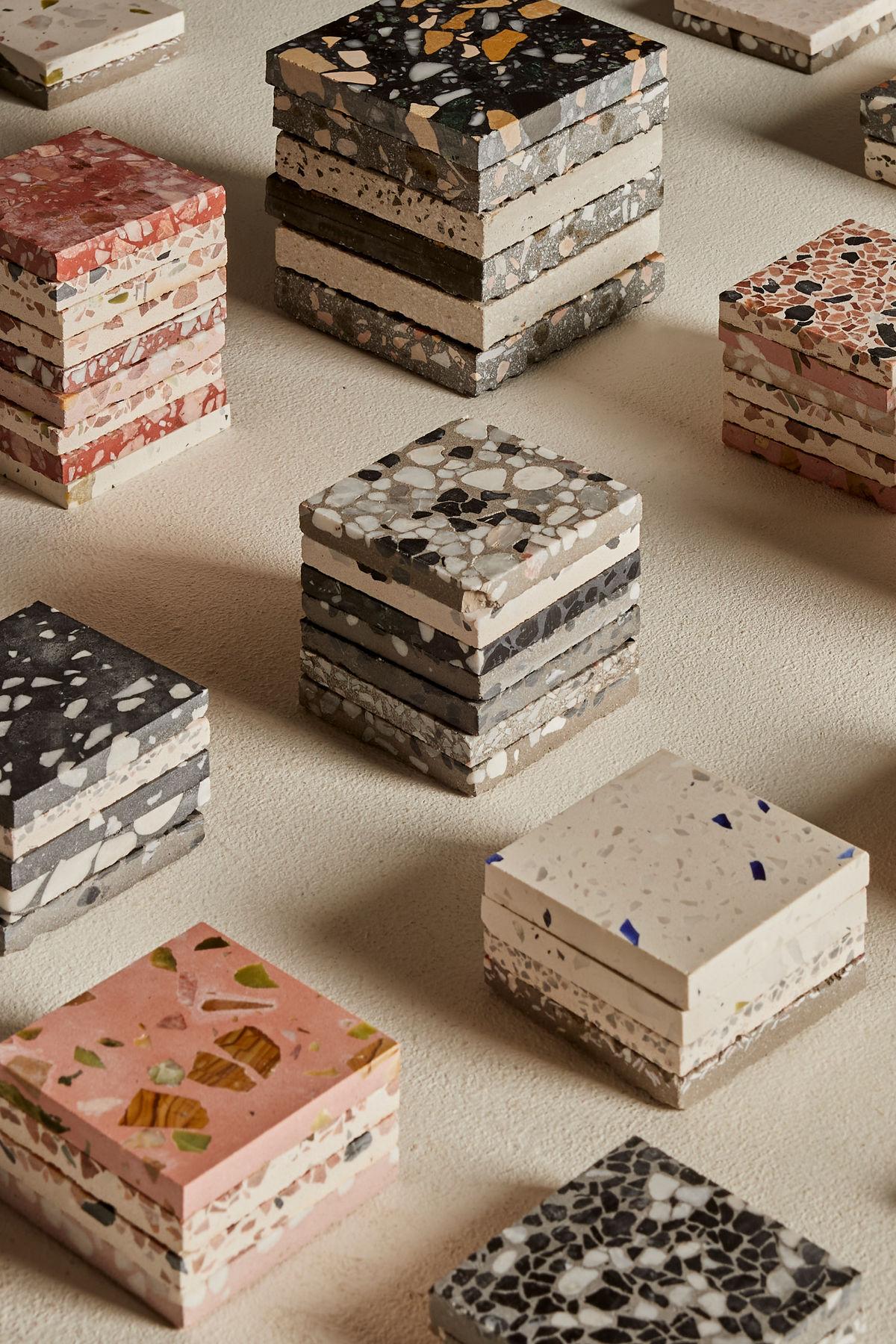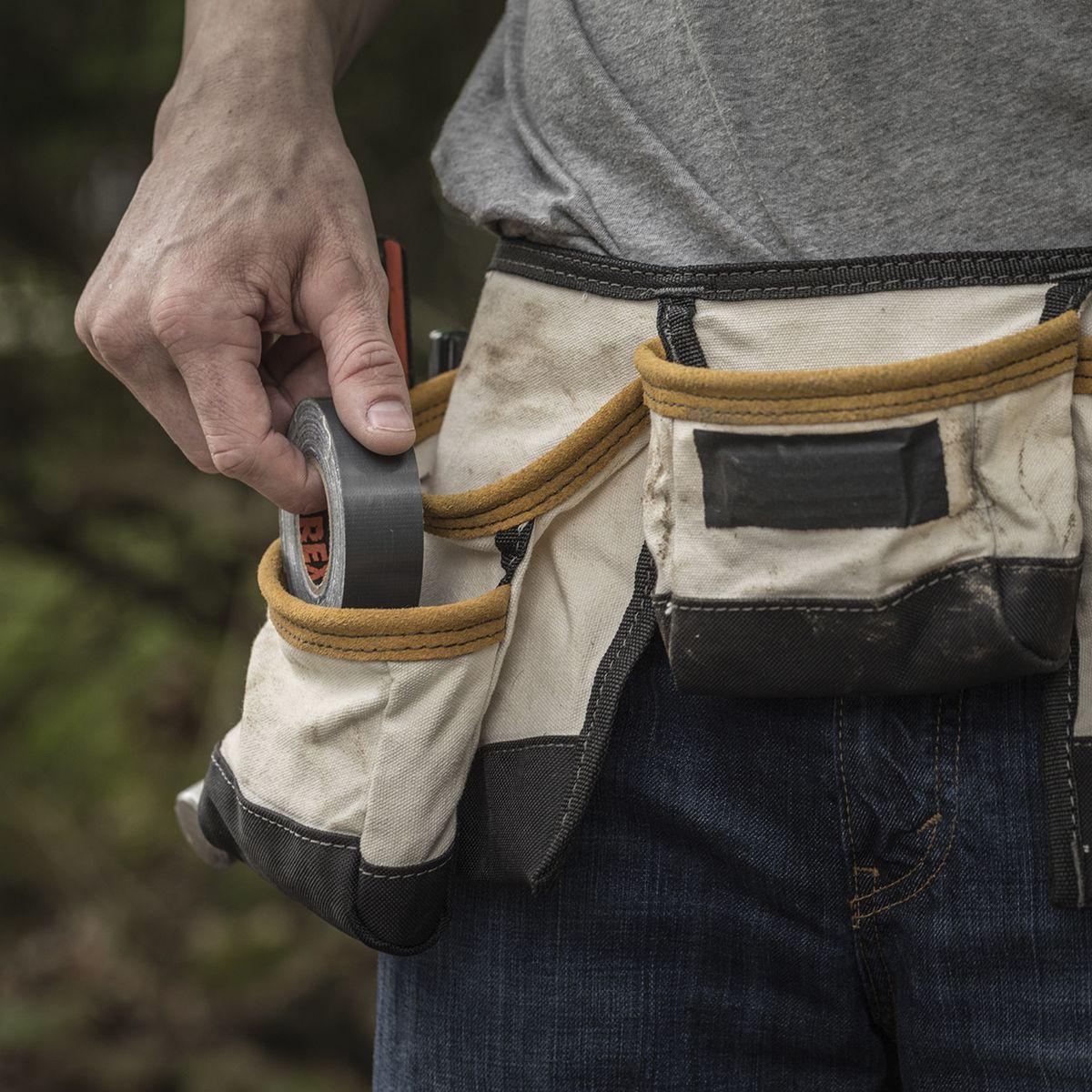The Art of Construction-Brooklyn Bridge
Jan 16 • 3 min read

When we gaze at the majestic Brooklyn Bridge, connecting Manhattan and Brooklyn, it's easy to marvel at its glory without realizing the extraordinary story buried beneath the surface. Beneath its iconic towers lies a tale of engineering ingenuity, human perseverance, and sacrifice that brought this 19th-century marvel to life. One of the most fascinating and perilous aspects of its construction was the creation of underwater chambers, called caissons, to lay its foundation.
A Bridge Ahead of Its Time
The idea for the Brooklyn Bridge began with John A. Roebling, a visionary engineer who saw the need for a suspension bridge spanning the East River. To achieve this ambitious goal, the foundation of the bridge's colossal stone towers needed to rest on solid bedrock—hidden deep beneath layers of mud and water. Roebling’s solution? Caissons: enormous, watertight wooden structures that allowed workers to dig through the riverbed in a pressurized environment.

Digging Beneath the River
The caissons where 44.5 feet deep from the Brooklyn side and 78.5 feet deep from the Manhattan side. The caissons were essentially massive underwater caves, open at the bottom and filled with compressed air to keep water and mud at bay. Workers, known as "sandhogs," descended into these chambers to excavate the riverbed with shovels, picks, and dynamite. The work was exhausting. Inside the caissons, the air was dense, the temperature was suffocating, and the noise deafening. The lighting was dim, and workers often stood waist-deep in water and mud for hours on end.

Despite these hardships, the work pressed on. As the sandhogs dug deeper, the caissons were slowly sunk to greater depths, inching closer to the deep bedrock that would anchor the bridge's towers.
The Risk of Caisson Disease
The compressed air inside the caissons, while essential for keeping water out, posed a deadly risk. As workers left the pressurized environment to return to normal atmospheric conditions at the surface, they faced a poorly understood phenomenon: Caisson Disease, now known as the bends. This condition occurs when nitrogen, absorbed into the bloodstream under high pressure, forms bubbles during rapid decompression.
Symptoms of the bends ranged from extreme joint pain , dizziness, and nausea to paralysis and even death. At least 27 people died during the construction of Brooklyn Bridge.Many workers fell victim to this mysterious illness. Among the most notable cases was Washington Roebling, John Roebling’s son and successor as chief engineer. Washington contracted Caisson Disease after inspecting the underwater chambers and was left bedridden for much of the project.
Engineering Achievement and Medical Legacy
The construction of the Brooklyn Bridge was a win for human creativity and resilience, but it came at a great cost. The challenges of working in pressurized environments led to increased awareness of decompression sickness and ultimately encouraged advancements in both engineering and medicine. New safety measures and decompression protocols were developed, paving the way for safer underwater construction and diving practices in the future.
A Witness to Human Spirit
The Brooklyn Bridge officially opened in 1883, standing as a symbol of progress and connection. Its construction was not just an engineering feat but also a proof to the courage and sacrifice of the workers and visionaries who made it possible. Beneath its iconic towers lie stories of grit, innovation, and determination—and the hidden underwater caves where history was made.
So, the next time you stroll across the Brooklyn Bridge or admire its beauty from afar, remember the hidden depths of its story. This bridge is not just a crossing over water but a monument to the challenges overcome and the lives dedicated to shaping New York City’s skyline.
Image Credits
https://www.britannica.com/topic/Brooklyn-Bridge
https://www.history.com/news/brooklyn-bridge-construction-deaths
Our Clients








Related Blogs
